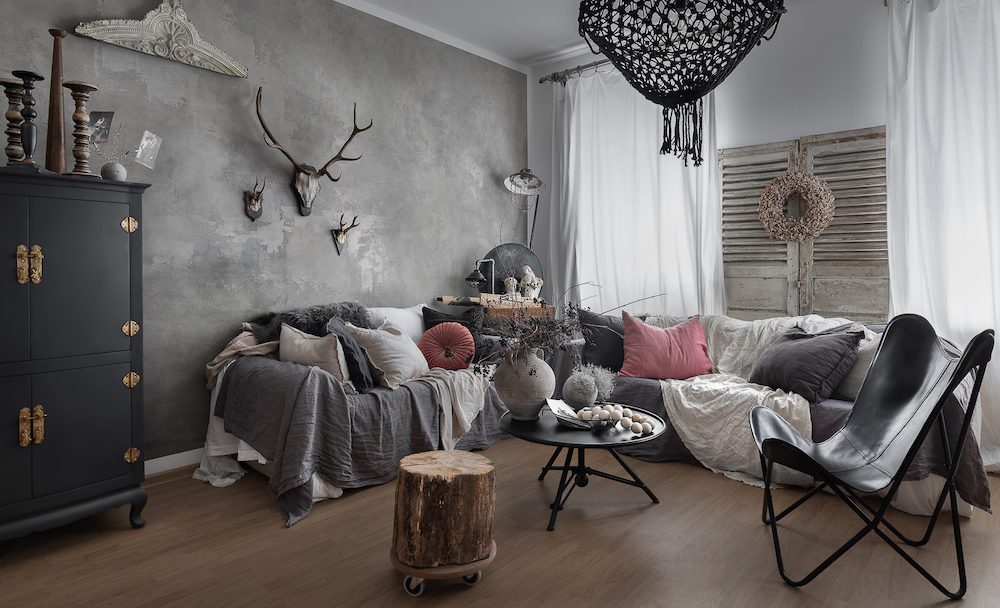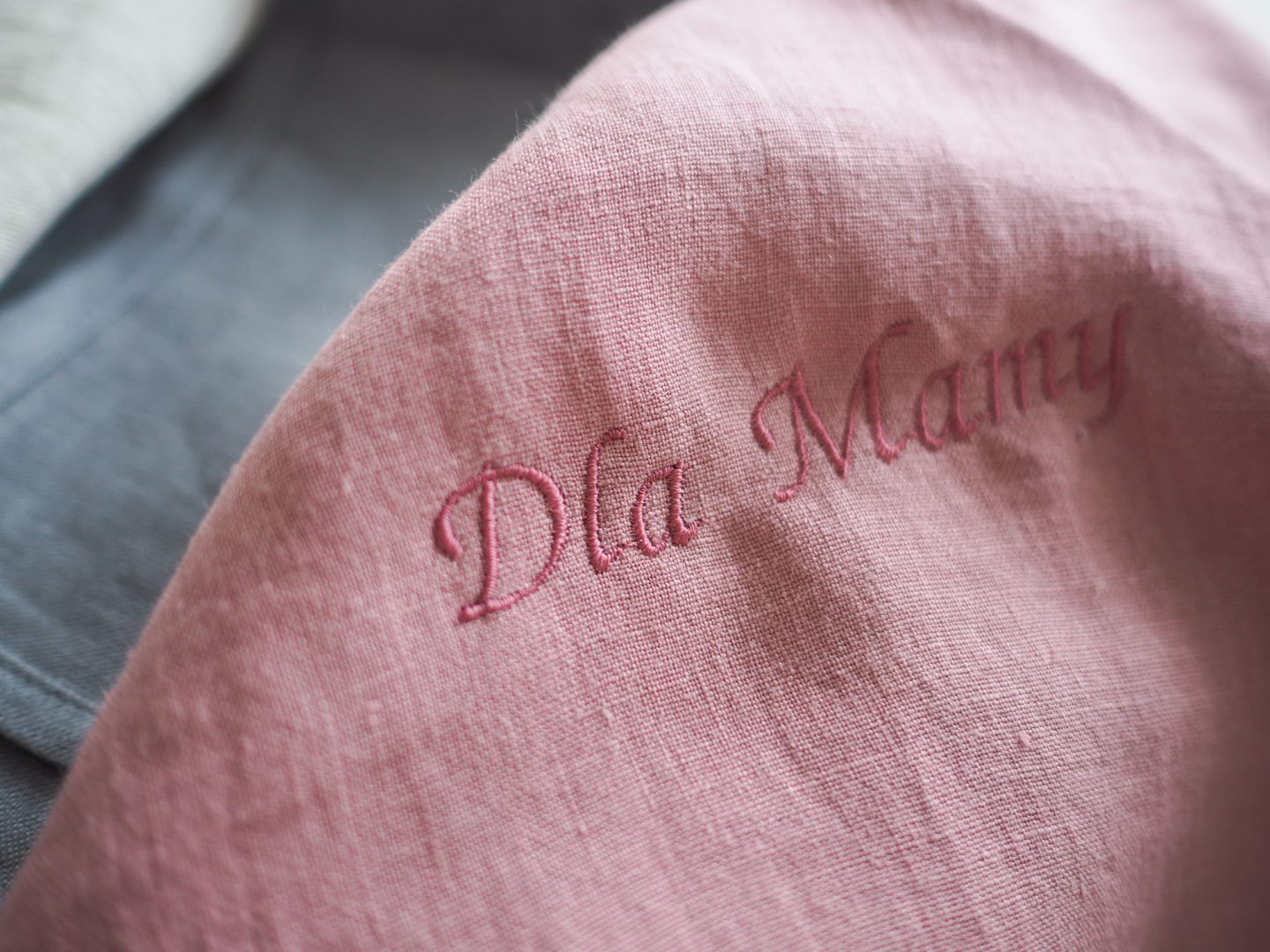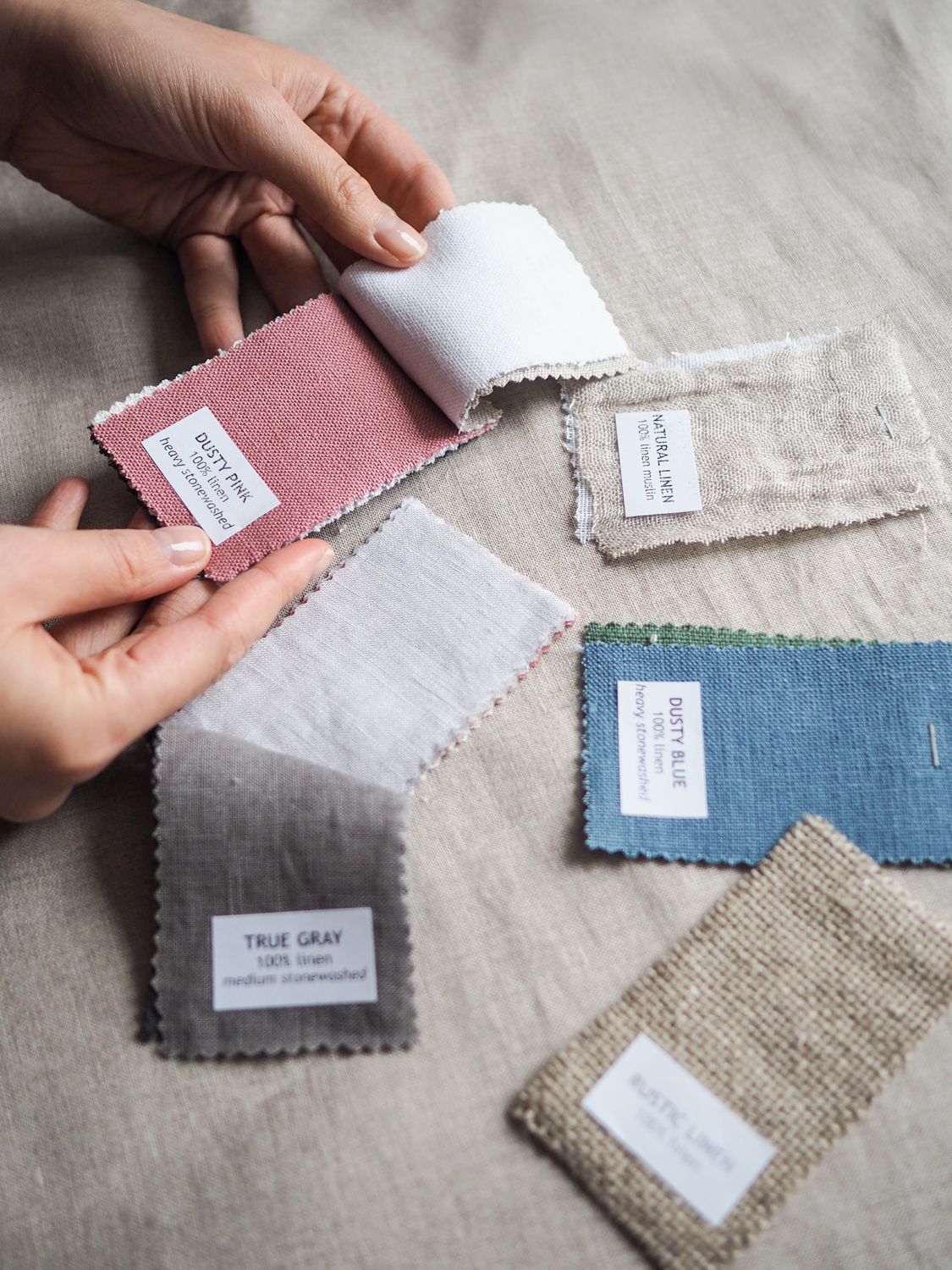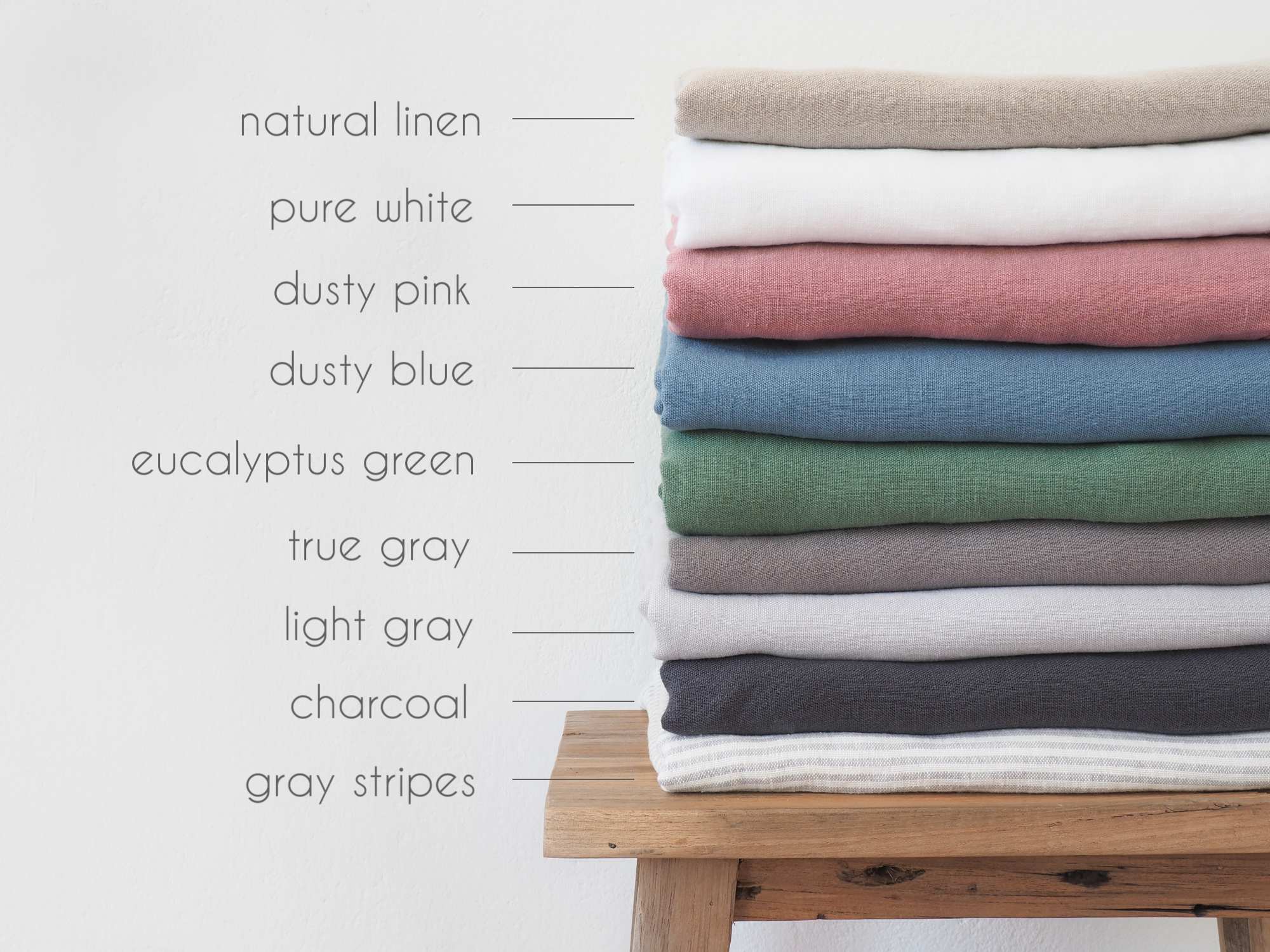LINEN CURTAINS
Interior design styles and linen curtains – tips and inspirations
INDUSTRIAL INTERIOR DESIGN
The first industrial buildings were built in the second half of the 18th century, when the United States experienced rapid economic and industrial growth. Their construction was based on simple, geometric forms, where the only source of light were large, soaring windows providing sunlight. The most characteristic elements were brick walls, aluminum accessories and the raw materials. This simplicity was due to the standards imposed by insurance companies, which minimised the risk of fire or theft.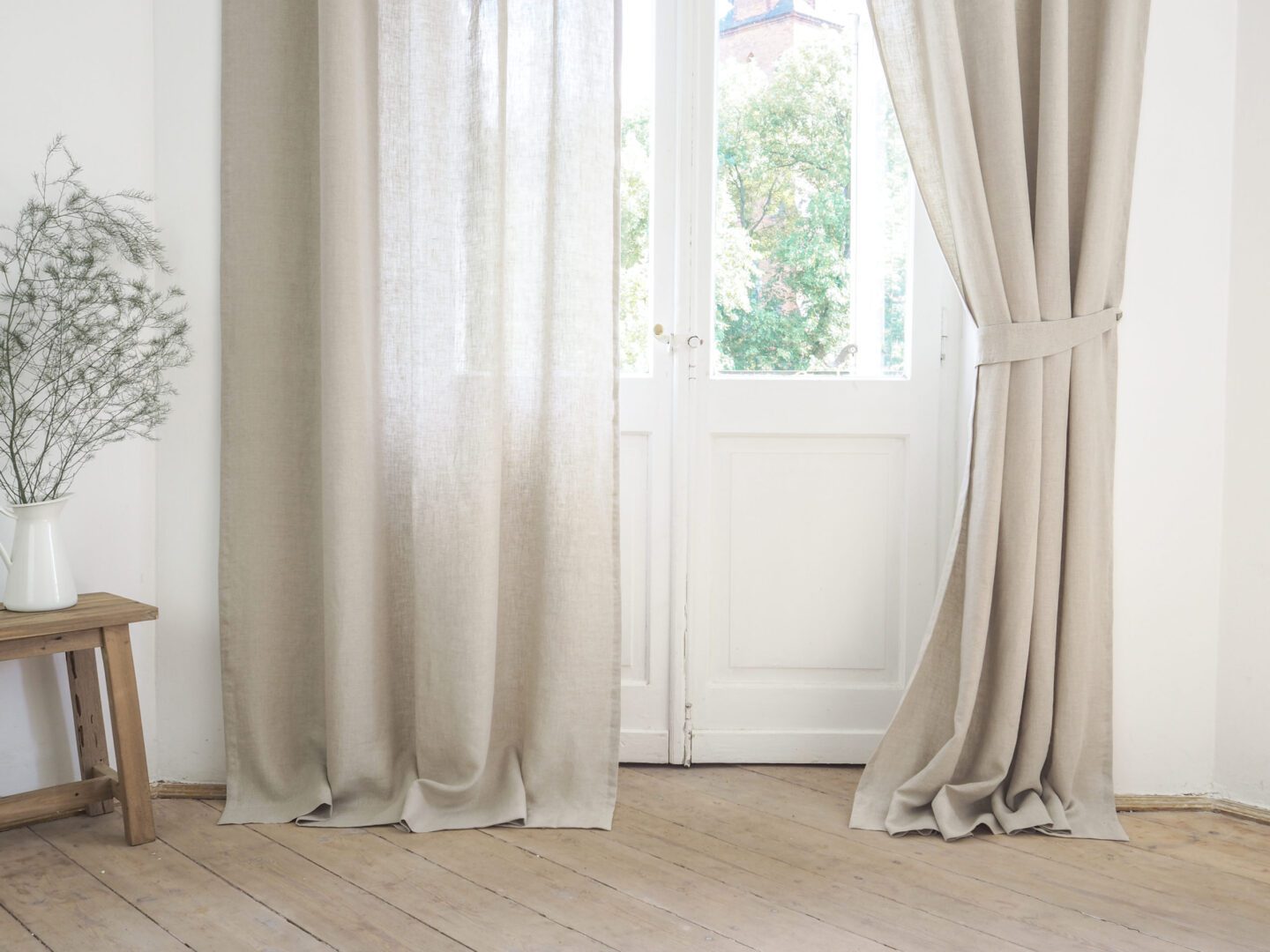
The economic changes that took place in the mid-twentieth century led to the collapse of many factories and warehouses. Most of the deserted places were in New York’s Soho district, which is still a symbol of the industrial style to this day. In the abandoned halls, shortly after the crisis, independent places were created for local artists who created their own, makeshift studios. New Yorkers liked the new style so much that many apartments were inspired by spacious, abandoned halls. Already in the seventies the loft style reigned in the most expensive apartments in Manhattan, and a moment later it also got across the ocean – straight to European apartments.
Today, when arranging industrial interiors, we choose simple forms, metal accessories, we use elements visible in warehouses or at old railway stations. It is with these unique rooms in mind that linen curtains on electric curtain tracks and curtains with tape were created. The former, due to their colours (we especially recommend the models in the charcoal) colour) and the form used here, combine the main assumptions of the industrial style, giving it unforced elegance. An alternative to them are linen curtains with a tape, which are hung with the help of pincer clips or hooks. Metal elements are subtle but visible, so these little accents can refer to chrome or steel accents throughout the interior.
MINIMALIST SCANDINAVIAN STYLE
In 1857, Stockholm painter Carl Larsson created his first works. His passion was to design simple, bright interiors, and then transfer them… onto a canvas. Despite the consistency of the vision and the original idea, the paintings are not getting enough attention. Viewers find them too simple and minimalist. Carl remained tireless and moved to France, hoping for a bit of luck right in the center of the capital. It was there that he joined a group of local artists, learning the craft and remaining true to his visions. The French community received him surprisingly warmly, and his name appeared on the lips of all the inhabitants.
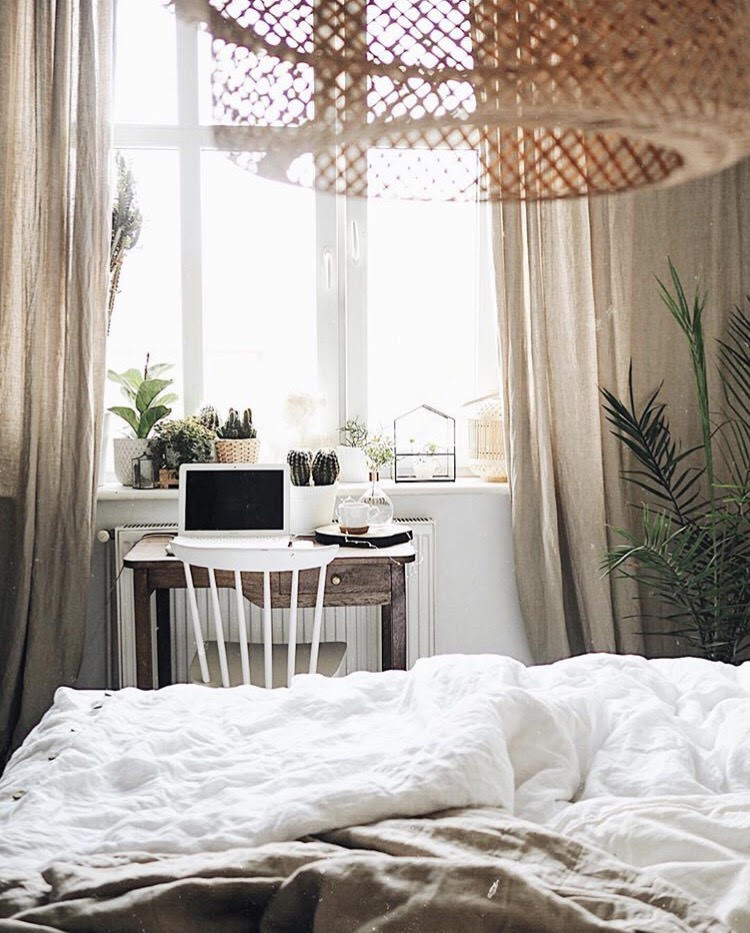
The popularity of the style created on canvas grew stronger, reaching its real peak in the 1930s. It was then that the Nordic countries turned to spacious, natural interiors, considering them an excellent response to the economic situation of the time. A few years later, the style spread overseas, becoming a serious competition for other popular trends. It was then that the first IKEA store was opened, which is still considered a symbol of the Scandinavian style. For over 50 years, the northern style has been on everyone’s lips, and names such as Alvar Aalto, Poul Henningsen, Arne Jacobsen are known to all lovers of simple, bright interiors.
Due to this minimalism, light colours, wood that is so often used – the curtains in natural linen and pure white are a perfect complement. Their light colour will perfectly match white or grey walls, cream floor, wooden trinkets or glass lanterns. In addition to classic models and light, linen sheer curtains, the icing on the cake are curtains with decorative header, which remain in the spirit of minimalism, adding a bit of subtlety and romantic atmosphere.
RUSTIC ROMANTIC STYLE
Speaking of the romantic atmosphere, we cannot ignore the rustic style that has stormed our interiors. The style dates back to the end of the 19th century, when rural, centuries-old construction, based on traditions and the surrounding nature, returned to favour. It was then, after a rapid development and then an equally violent crisis, that alternatives to the development and changes of civilisation were sought. A significant percentage of the population sought peace and returned to their roots, fleeing to rural huts surrounded by farmland.
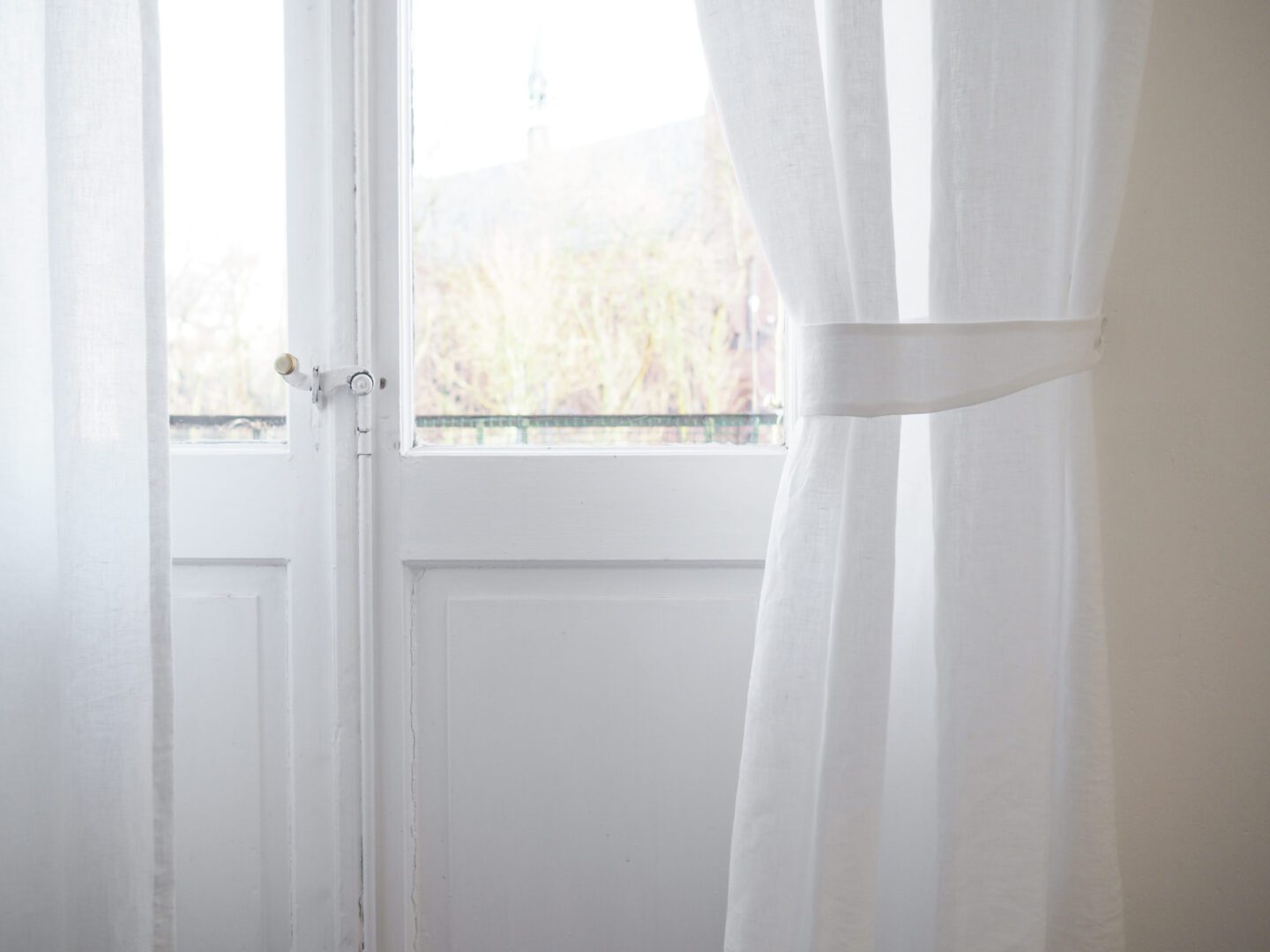
To this day, the rustic style refers to natural materials, combining modesty with family traditions, and the main features of the rustic décor refer to rural farms from Scandinavia. Due to the closeness to nature, brown and earth colours reign in the rooms. That is why natural, linen curtains – mainly in shades of natural, pure white and true grey.
This romantic style, so closely related to the boho style and so eagerly used in wedding ceremonies, is created for ruffled curtains and tie top curtains. The form of their fixing and the subtlety of their decoration best reflect the simplicity of the interior, the reference to nature and delicacy that we know from rural, white houses.


